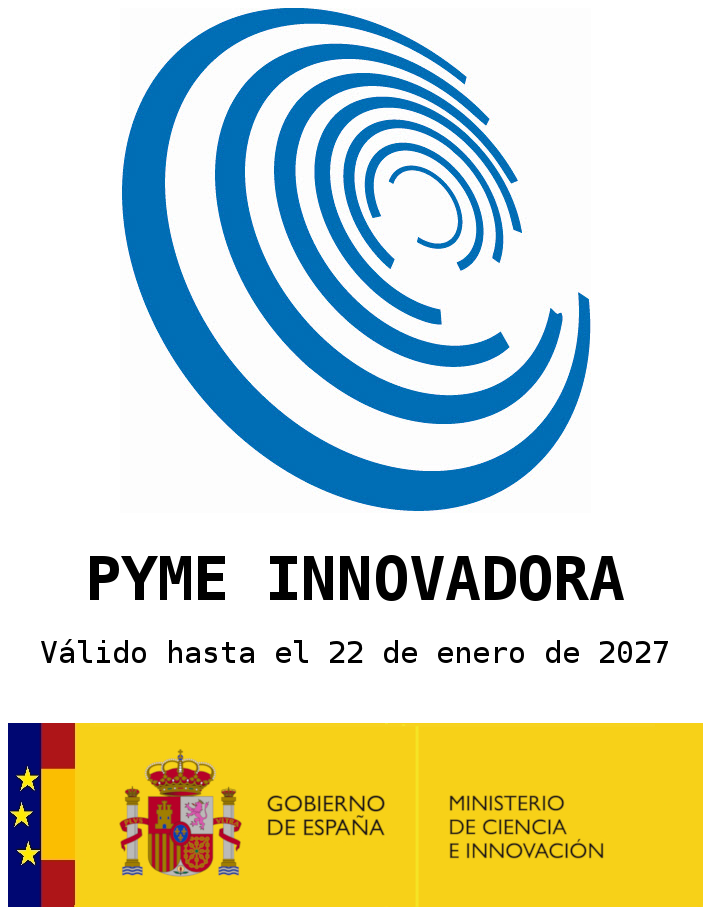In the dynamic realm of biotech startups, the judicious management of capital and the strategic application of retribution to capital techniques are pivotal for fostering growth and securing long-term sustainability. These startups, particularly in the life sciences and medical devices sectors, encounter distinctive challenges that demand a sophisticated approach to capital management. This analysis explores the various considerations for startups when implementing retribution to capital methods such as stock buybacks, dividend policies, liquidity creation programs, mergers and acquisitions (M&A), and initial public offerings (IPOs).
Stock Buybacks and Dividend Policies
Stock buybacks and dividend policies are conventional avenues for delivering shareholder value. In biotech startups, the use of these methods is constrained by the imperative to reinvest earnings into research and development (R&D) rather than distributing them. Stock buybacks are infrequent among startups due to their focus on growth and R&D. Dividend policies are similarly rare in early-stage startups, which typically channel profits back into the business. While more established startups with steady profits may consider dividends to appeal to investors seeking regular income, this practice is not widespread.
Liquidity Creation Programs
For biotech startups, liquidity creation programs are crucial, particularly in the lead-up to an IPO (initial public offerings) or to improve the tradability of shares for current investors. These initiatives may involve listing on additional exchanges, engaging market makers, or facilitating secondary market transactions. Although these programs can enhance the liquidity and marketability of shares, they can also incur significant costs, which may not be justifiable for smaller entities. These small ones may want to design a purchase program by reference shareholders, company’s management or trusted third parties, but even this operation may get more muddled than anticipated.
M&A Operations and IPOs
M&A activities can be instrumental for biotech startups, both as a mechanism for strategic growth and as an exit strategy for investors. As startups mature, they may consider M&A to unlock value or to facilitate investor exit. While M&A can be value-enhancing, it can also introduce disruption and may not always yield the anticipated benefits. IPOs, in contrast, offer substantial capital raising opportunities and liquidity for early investors but are intricate, costly, and sensitive to market fluctuations. IPOs are a considerable undertaking for startups poised to enter public markets and are generally more appropriate for companies that have reached a growth phase.
Considerations for Startups
(a) The application of retribution to capital methods varies by sector, influenced by factors such as capital intensity, growth trajectories, time to market, and regulatory frameworks.
(b) The stage of the company also plays a role, with considerations including team maturity, resource availability, investor expectations throughout the company’s lifecycle, and the dynamics of shareholder agreements.
(c) Moreover, the selection of a retribution technique can be affected by tax considerations and the investor base in various countries.
Biotech companies frequently prioritize reinvesting profits into R&D over disbursing dividends or repurchasing shares. M&A is often leveraged as a strategic tool for growth or exit in the early and intermediate stages, but it is not the sole option. The astute management of retribution to capital in biotech startups necessitates a delicate equilibrium between stimulating growth and delivering returns to investors. Startups must navigate the intricacies of their specific industry landscape, making strategic choices that align with their long-term goals and the interests of their shareholders.
Conclusion
Biotech startups’ leadership must meticulously assess their financial standing, growth potential, and market conditions prior to selecting a retribution to capital strategy. Each option carries distinct implications and—once again—should be in harmony with the company’s overarching strategy and shareholder interests. CEOs and directors must exercise exceptional diligence in a long-term perspective, actively listen with empathy to foster consensus and customize the most fitting solution for their startup.
Joaquín Gómez Moya
CEO at Viva





